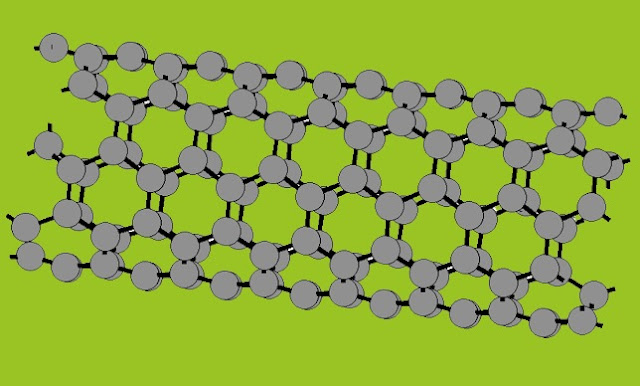A New Researcher Develop an Economic Fabrication Technology for Carbon Nanotube-Based Composite Carbon Fibers
Carbon fibers are known for their exceptional mechanical properties, including high strength, stiffness, and resistance to deformation, making them highly sought after in various industries. Carbon nanotubes are known to further enhance these properties, but commercializing them has been challenging due to the high cost of production.
However, a recent study proposes a solution to this problem by developing an economic fabrication technology for carbon nanotube-based composite carbon fibers. The researchers focused on the use of a liquid crystalline wet-spinning process to produce polymer-carbon nanotube composite fibers that are highly oriented and possess superior modulus, strength, and electrical conductivity. The solvent used in this process is camphorsulfonic acid (CSA), which has extremely high acidity and readily protonates aromatic hydrocarbons. This allowed for the hybridization of CNTs and the polymer without the need for physical or chemical treatment. High-performance fibers were obtained by wet-spinning without high-temperature heat treatment, resulting in fibers with a modulus of 528 GPa and a strength of 6.2 Gpa. The study found that using low-cost polyimide in the manufacturing process could lead to more affordable high-strength fibers, making them accessible to a wider range of industries and applications. The researchers were able to replace up to 50% of the carbon nanotubes with low-cost polyimide, without compromising the mechanical properties of the fibers. This cutting edge research provides an efficient and economic fabrication technology for carbon nanotube-based composite carbon fibers, which can greatly reduce the cost of production and make these fibers accessible to a wider range of industries and applications. The potential applications of these fibers include aerospace, defense, automotive, sports equipment, and renewable energy.
Reference
Kim, S. G., Heo, S. J., Kim, S., Kim, J., Kim, S. O., Lee, D., ... & Ku, B. C. (2022). Ultrahigh strength and modulus of
polyimide-carbon nanotube based carbon and graphitic fibers with superior electrical and thermal conductivities for
advanced composite applications. Composites Part B: Engineering, 247, 110342.

Comments
Post a Comment